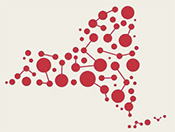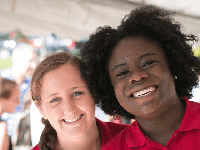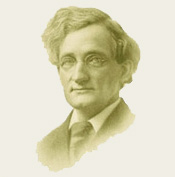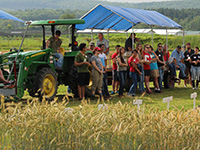Home | Unit 1
Overview
Through exploration of one’s feelings, values, strengths, and limitations, we realize our potential, and how feelings and thoughts influence what we do. This directly relates to how often young people do not know their strengths, and helping youth identify and use their strengths is a way to motivate them to develop the skills they need to succeed.
Skill Level
Intermediate
Learner Outcomes, Youth will:
- Identify and build on strengths
- Explore identity
- Build on emotional intelligence
- Understand stress and stressors
Education Standards
- NS.5-8.6 Personal and Social Perspectives: Personal Health, populations, resources, and environments, natural hazards, risks and benefits
- NL-ENG.K-12.4 Communication Skills
Success Indicators
Explore personal feelings, values, strengths, and limitations to realize potential.
Life Skills
Critical thinking, self-motivation, self-esteem, self-responsibility, managing feelings
Time Needed
45 minutes
Materials List: Pens, markers for each participant, Youth Grow Group Bingo, one for each participant, handouts from the ACT for Youth Social and Emotional Learning Toolkit, one for each participant: Individual Assets, Gathering Information About Young People’s Strengths, Sparks Peer-to-Peer Interview, Looking Back: Sparks Interview Questions for Adults (for adult leaders of this activity to better understand Sparks concept and use as a model activity).
Youth Handouts
- Youth Grow “Group BINGO”
- Handouts from the ACT for Youth Social and Emotional Learning Toolkit listed above
Space
Comfortable, safe place for youth to reflect and work in pairs for peer-to-peer interaction.
Suggested Group Size
12-15 or more
Acknowledgements
Introduction
“What’s My Story” includes activities and resources from 4-H and ACT for Youth that promote self-awareness and how youth see themselves in the world today. Activities encourage youth to use their positive attributes and talents to face problems and address issues of climate change and become stewards of the environment and catalysts of change.
Opening Questions
- What do you like best about yourself?
- What things do you feel most passionate about?
- What things do you feel you do best?
- How do you feel about your relationships with others?
Background Information
Before the Activity: Gather and prepare materials, review and print handouts.
Let’s Do It!
Introduce the activity with an Ice Breaker: Explain that first we will do a fun icebreaker, where you will play the Youth Grow “Group Bingo” game by going around the room to find people who fit the listed categories. How many boxes can you fill? Can you find others who have similar interests as you?
“What’s My Story” Activity: Using the ACT for Youth Self-Awareness resources, follow these steps to help participants identify and build on their strengths:
- Have youth work alone to complete the “Individual Assets”
- While they do so, use the “Gathering Information about Young People’s Strengths” to prompt questions as they fill in their answers.
- After they complete their “Individual Assets” charts, hand out one “Peer-to-Peer Interview Worksheet” to each person and divide the whole group into pairs.
- Using their “Peer-to-Peer Interview Worksheet” have pairs interview each other on their ‘sparks’.
- Adult leaders can join the fun by interviewing each other, using the Looking Back: Sparks Interview Questions for Adults interview sheet.
Talk It Over
Share/Reflect: Have youth share with the group
Do you feel more aware of your strengths and passions in yourself now than before? How so? How might you see your best self and those people and things that inspire you, help you make this world a better place?
Apply
Ask for volunteers to share their ‘sparks’ and open the discussion on how you can use these passions, talents, and strengths to face everyday issues related to climate change.
Examples
- Youth with a passion for gardening or recycling can teach others sustainability practices.
- Youth with knowledge about science can teach others about climate change basics.
- Someone with excellent technical web skills can create a blog for youth and climate change mitigation.
Learn More
- Cornell Garden-Based Learning
- Work on appropriate activities for your group on self-awareness, self-management, social awareness and more, from the ACT for Youth Social and Emotional Learning Toolkit. New resources are added monthly.
- Look for activities that promote self -awareness in the 4-H Inspire Kids to Do Activity Guide










